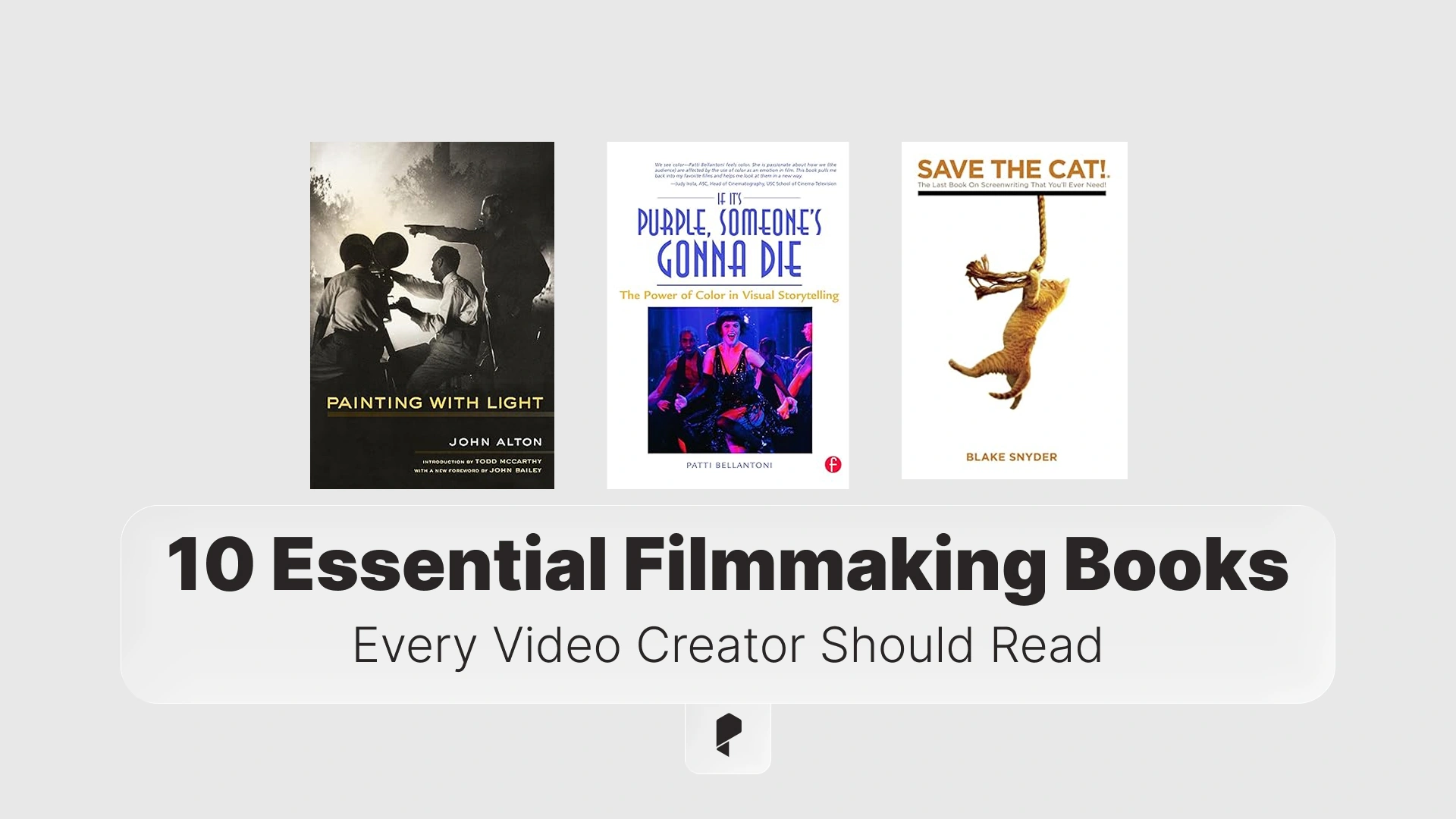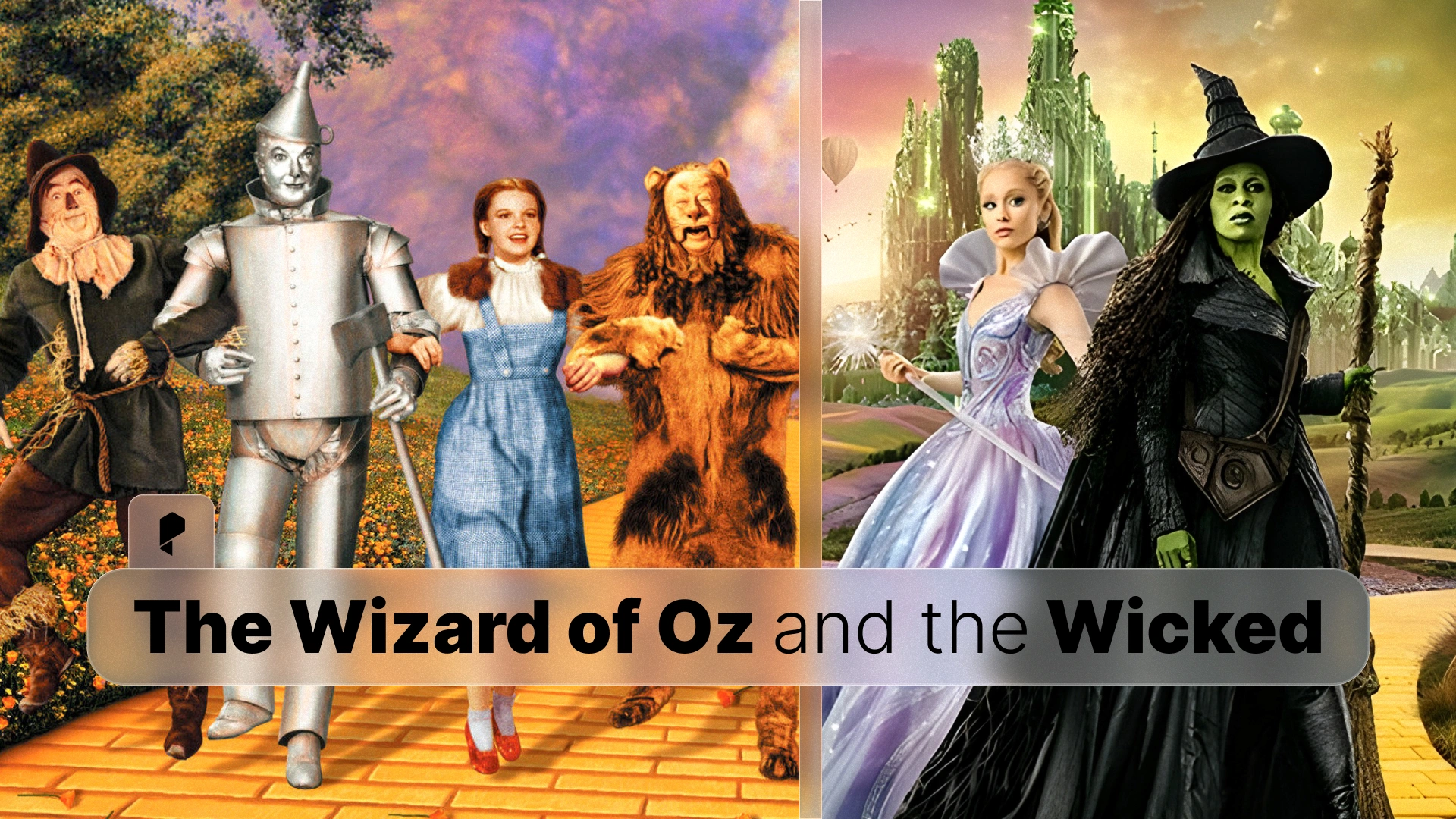How to Write a Captivating Voiceover Script: Proven Tips, Examples & Free Templates for Video Creators

But crafting a compelling script Voiceover isn’t just about writing words—it’s about structuring them for clarity, emotion, and impact. A well-written script helps voice actors deliver a seamless performance, making your video more persuasive and professional.
In this guide, we’ll break down how to write a voiceover script that grabs attention, keeps your audience hooked, and even helps your content rank higher on search engines. Whether you’re a seasoned creator or just starting, these proven tips, examples, and free templates will set you up for success.
To elevate your voiceover game, explore Pixflow AI Voiceover, an advanced tool that generates lifelike AI voices to bring your scripts to life with ease.
What Makes a Great Voiceover Script?
Why Does a Voiceover Script Matter?
A compelling script can boost audience engagement, enhance storytelling, and make your message more memorable. In fact, using AI-generated voiceovers and well-structured scripts can significantly improve video performance. Learn how AI voiceovers can boost your video engagement here.
Key Elements of a Great Voiceover Script
- Clear Messaging – The script should be easy to understand, free of unnecessary jargon, and structured for seamless narration.
- Emotional Connection – A good script creates an emotional response, whether it’s excitement, trust, or curiosity.
- Proper Pacing and Tone – The rhythm and tone should match the content type—fast-paced for energetic commercials, slow and clear for instructional videos.
Industries That Rely on Voiceover Scripts
- Marketing & Advertising – Commercials, brand videos, and social media ads.
- Animation & Entertainment – Animated films, explainer videos, and video games.
- E-Learning & Training – Educational courses, corporate training, and tutorials.
A well-crafted voiceover script example can make all the difference in capturing and maintaining audience attention. In the next section, we’ll dive into the step-by-step process of writing an effective script.
How to Write a Voiceover Script
1. Understand Your Audience
Before writing a single word, ask yourself:
- Who is your audience? (Casual viewers, professionals, students, etc.)
- What tone resonates with them? (Conversational, authoritative, humorous, etc.)
- What problem are you solving for them?
A script for voiceover should reflect the intended audience, ensuring the message sounds natural and engaging.
2. Define Your Purpose
Every script for voice over should have a clear goal. Are you:
✅ Encouraging a purchase?
✅ Educating your audience?
✅ Entertaining or inspiring them?
Knowing your objective helps shape your script’s tone, language, and call to action.
3. Structure Your Script
A well-structured script has:
🎬 Beginning: Hook your audience with an intriguing question, statement, or fact.
📖 Middle: Deliver key information in a logical flow.
🔚 End: Reinforce your message and include a call to action (e.g., “Sign up now,” “Visit our website”).
4. Keep It Concise
Long-winded scripts lose attention fast.
✅ Use simple sentences.
✅ Avoid unnecessary jargon.
✅ Keep sentences short to maintain a natural rhythm.
5. Add Emotional Appeal
Storytelling techniques can help build a connection with your audience.
- Use relatable scenarios.
- Evoke emotions (excitement, curiosity, urgency).
- Speak directly to the listener (“Imagine you’re…”).
6. Test and Refine
📢 Read it aloud – Does it sound natural?
🎤 Record a draft – Are there any awkward pauses or unnatural phrasings?
🔄 Make edits – Adjust pacing, remove unnecessary words, and refine for clarity.
By following these steps, you can create a compelling script for voiceover that enhances your video’s effectiveness. Next, we’ll explore common mistakes to avoid when writing voiceover scripts.
Check out Pixflow AI Voiceover plugins for Ae and Pr.
Common Mistakes to Avoid When Writing Voiceover Scripts
1. Overloading with Information
🚫 Mistake: Trying to pack too much information into a short script makes it overwhelming and difficult to follow.
✅ Solution:
- Keep sentences short and to the point.
- Focus on one idea at a time.
- Use pauses to give the listener time to absorb key messages.
2. Ignoring Tone and Pacing
🚫 Mistake: Writing a voiceover narration script without considering how it will be spoken can make it sound robotic or unnatural.
✅ Solution:
- Match the script’s tone to the content (e.g., conversational for social media, formal for corporate training).
- Read the script aloud to check for flow and adjust phrasing.
- Indicate pauses and emphasis where needed.
3. Not Tailoring the Script to the Audience
🚫 Mistake: Writing a one-size-fits-all script without considering the audience’s expectations or language style.
✅ Solution:
- Use language and terminology your audience understands.
- Write as if you’re speaking directly to them.
- Consider regional and cultural differences if targeting a global audience.
4. Ignoring Proper Script Formatting
🚫 Mistake: Poor script format Voiceover makes it harder for voice actors to deliver a smooth read.
✅ Solution:
- Use clear formatting with speaker labels, timing notes, and pronunciation guides.
- Write in a conversational style, avoiding complex sentence structures.
- Space out sentences to improve readability.
Avoiding these mistakes will help you create a voiceover script that sounds polished and professional. In the next section, we’ll share free templates and examples to help you get started!
Voiceover Script Examples for Inspiration
Below are real-world examples of voiceover scripts.
1. Marketing Video Script Example
(Product Promo – Engaging & Persuasive)
[Opening Hook]
“Imagine transforming your videos with just one click. Meet Pixflow’s AI Voiceover – the future of seamless narration!”
[Middle – Features & Benefits]
“With advanced AI technology, you get studio-quality voiceovers instantly—no need for expensive recording sessions or hiring voice actors. Whether you’re a content creator, marketer, or educator, our tool adapts to your style, delivering a natural and engaging narration.”
[Call to Action]
“Try it now at Pixflow.net and take your videos to the next level!”
👉 Related Blog: AI Voiceovers Are Better Than Human Voiceovers
2. Animation Script for Voiceovers
(Fun & Engaging – Suitable for Cartoons or Explainer Videos)
[Opening Scene]
“Deep in the heart of the enchanted forest, a tiny squirrel named Max dreamed of flying…”
[Middle – Conflict & Solution]
“But every time he tried to jump from branch to branch, he’d fall—until one day, he discovered the magical feather!”
[Closing – Resolution]
“With one swift leap, Max soared through the trees. The sky was his playground!”
3. Inspirational Voiceover Script
(Motivational & Emotional – Perfect for Ads, Speeches, or Social Media Videos)
[Opening Statement]
“Success isn’t about luck. It’s about taking that first step when no one else believes in you.”
[Middle – Building Momentum]
“Every challenge, every setback, every late night—it all adds up to something bigger. Something greater.”
[Closing – Call to Action]
“So, what’s stopping you? Start today. Because your story is waiting to be told.”
Tools and Resources for Writing Better Voiceover Scripts
1. AI-Powered Script Generators
AI-driven tools can assist in structuring and optimizing your script for better readability and engagement. These tools help generate natural-sounding dialogue, improve pacing, and suggest edits based on tone and style.
Recommended AI Script Generators:
✅ ChatGPT – Generates and refines voiceover scripts with natural flow.
✅ Jasper AI – AI-powered copywriting for video scripts, ads, and storytelling.
✅ Writesonic – Helps create engaging, clear voiceover scripts quickly.
2. Free Voiceover Script Templates
Using pre-made templates can save time and provide a solid foundation for your script. You can customize them for different styles, from marketing videos to animated voiceovers.
📥 Download Free Templates:
- Professional narration scripts
- Animation and explainer Voiceover scripts
- Marketing and promotional script templates
3. Software for Recording and Testing Scripts
Before finalizing your script, it’s important to hear how it sounds when spoken aloud. These tools allow you to record, edit, and adjust your script for clarity and pacing.
🎙️ Top Recording & Editing Software:
✅ Audacity (Free) – A simple yet powerful tool for recording and editing Voiceovers.
✅ Adobe Audition – Professional audio editing software for high-quality voice recordings.
✅ GarageBand (Mac) – Great for basic Voiceover recording and sound adjustments.
4. AI Reading Script Tools for Testing Your Drafts
Want to hear how your script sounds before recording? AI reading script tools let you preview the narration using realistic AI voices, helping you fine-tune pacing, tone, and clarity.
🔊 Best AI Tools to Read Your Script:
✅ Pixflow AI Voiceover – Generates lifelike voice narration from text in 29 languages, offering 21 AI voice actors.
Conclusion
By applying the tips shared in this guide, you can confidently create scripts that resonate with your audience and enhance your video content. Don’t forget to test your script using AI tools or voice actors to refine it for the best delivery.
Disclaimer : If you buy something through our links, we may earn an affiliate commission or have a sponsored relationship with the brand, at no cost to you. We recommend only products we genuinely like. Thank you so much.





